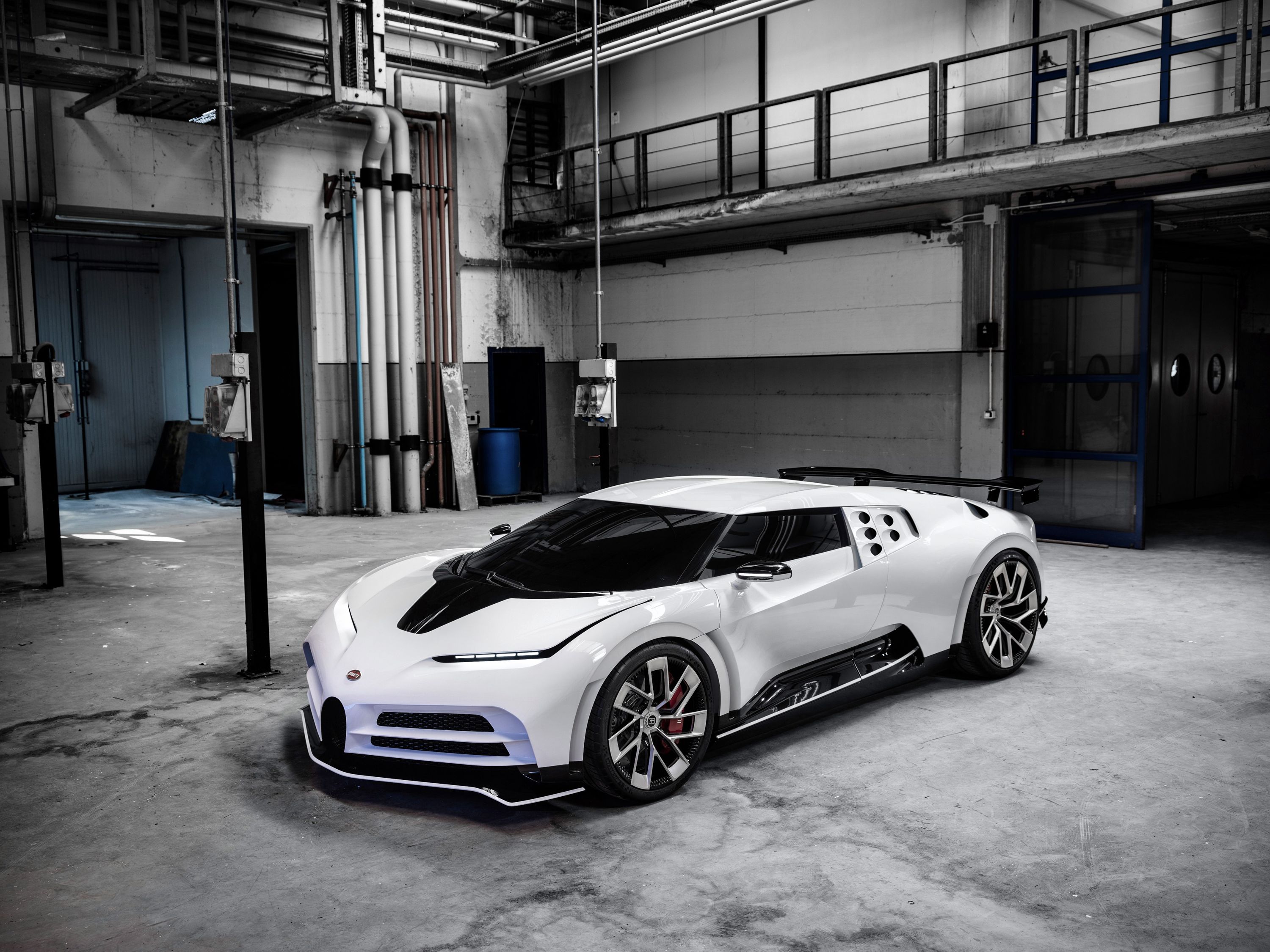
The Bugatti Centodieci was revealed to us almost three years ago as an extremely exclusive model that celebrates the company's 110th anniversary while echoing the persona of its spiritual successor, the highly sought-after EB110. Although it uses the bones of the Bugatti Chiron, the team is putting this model through all of the same, stringent testing procedures.
It has already been put through rigorous hot weather testing in the desert and an enjoyable stint around the Nurburgring but now it's time for things to get a bit cooler. In a bid to offer supreme performance and reliability, the manufacturer has subjected the special hypercar to a cold climate chamber. During this time, every part and component is monitored.
Carl Heilenkotter, Bugatti's Technical Project Manager for specialized products, explains, "Like any other Bugatti, the Centodieci has to perform impeccably at all temperatures, be it [122 degrees Fahrenheit] or minus [four degrees Fahrenheit]. We owe this to our quality pledge and to our customers. With the climate chamber, we can replicate all kinds of different tests and precisely compare the results again and again."
There is a high possibility that your average Centodieci owner will never take their prized possession into environments with these temperatures, but Bugatti is insistent that the car must operate without a hiccup in these conditions regardless. A key aspect of the test applies to the integrity of the side windows. The brand acknowledges that measuring excessive force limitation on this part is crucial, even if it only intends to produce 10 units.
"A side window has to recognize a defined resistance level and its raising be reversed if necessary," said Julf Fiedler, electronics development engineer for Bugatti. To measure this, the team uses software that is connected to the window motors. This uses predefined parameters that control how much power is needed for it to open and close without any drama.
Bugatti says that this safety feature needs to always be operational because, if a door window does not detect an obstacle while closing and stops in its path, it could very well slice someone's finger off, not unlike what we saw with the soft-closing door feature on the Mercedes-Benz GLE-Class. To test the reliability of this, the door windows were opened and closed hundreds of times.
During this process, a measuring device monitors the force that is being applied by the motor and the performance of the seal, reverse gear, and glass. If the system detects any changes in the seal material, window size, or motor, the entire process has to be repeated once the altered element is repaired.
"The seal friction varies depending on the temperature, and this has to be taken into account by the software for the side window motor," said Fiedler. "The side windows have to rise reliably whatever the temperature and the excessive force limitation has to react reliably in the event of resistance and reverse the window."
While the engineers hover about the cold chamber in cold protection suits, hats, and gloves, the Centodieci receives a series of intricate technical checks. As mentioned, this is a Chiron with a new look but because the bodywork is so different, the entire car is expected to portray a unique set of characteristics and thus needs to be tested independently.
With wind tunnel testing already being completed, the Centodieci will be subjected to a thrilling set of final high-speed test drives which cover a total of 18,600 miles. This will be taking place over the coming weeks before the model officially enters production. All 10 units are expected to be delivered to their owners before the end of this year.
